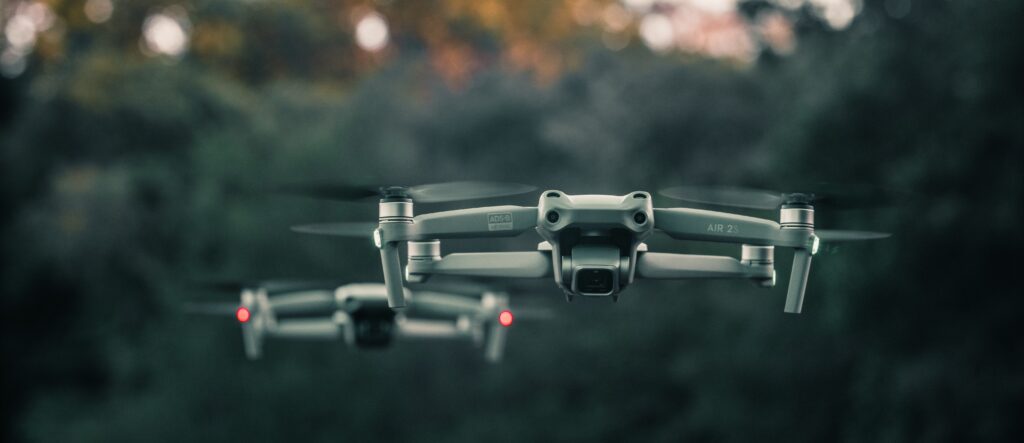
Have you ever asked yourself as a drone consumer why almost every drone you see is made by DJI?
I mean can you imagine if every car you saw on the road was a Toyota or every phone you saw in people’s hands was an iPhone. Wouldn’t you be a bit surprised, confused or maybe in admiration of that company?
By the way Toyota only has 11% of the global car market share and Apple has only 19% (Samsung right above with 20%) of the phone market. Probably an example of a successful monopoly is Microsoft with its 60% of the desktop OS market share vs Apple’s 30% on MacOS. But even that is not a complete monopoly.
So how is it possible that DJI has 75 to 80% of the drone market share in one of the most skewed markets on Earth?
DJI’s success factors
Early Entry
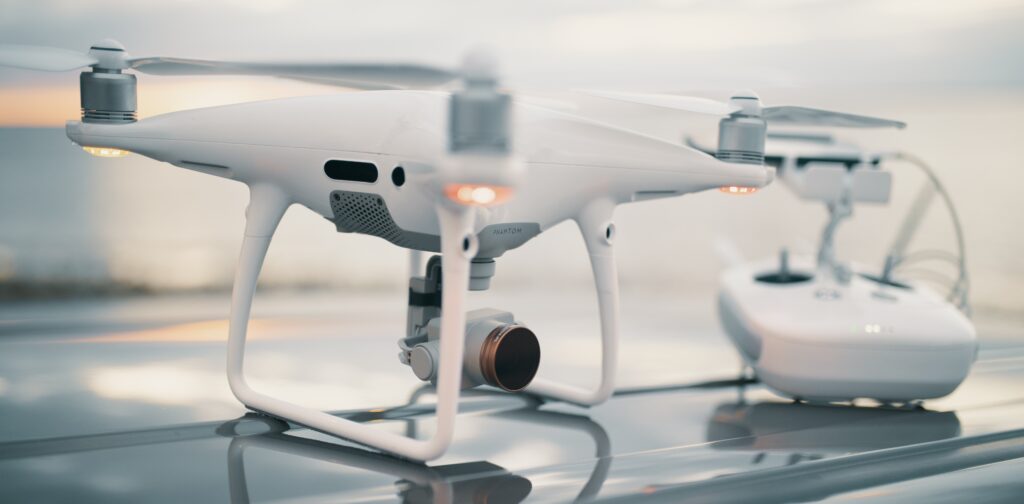
DJI was first financed by personal investments and savings made by Frank Wang. He founded the business and funded its early operations while he was a student at the Hong Kong University of Science and Technology. Investors and venture capitalists were drawn to Wang’s entrepreneurial spirit and love for drone technology because they saw the potential in his concepts. Over time, DJI was able to obtain finance from other sources to support its R&D and expansion initiatives.
In 2006, DJI entered the consumer drone market. Frank Wang, a Chinese businessman and engineer who realized the potential of unmanned aerial vehicles (UAVs) for both leisure and business purposes, launched the company. In the beginning, DJI concentrated on making parts and systems for remote-controlled helicopters, but they soon began to sell full drone systems as well.
The Wookong-M flight controller from DJI, a key development in multi-rotor aircraft stabilization, is released in 2010. A funding round led by Sequoia Capital China in 2013 was one major investment that aided DJI’s growth. The company received a big boost from this investment, enabling them to grow their technology and goods even further. The DJI Phantom series was introduced in 2013, launching DJI into the consumer drone industry.
DJI’s Research and Development
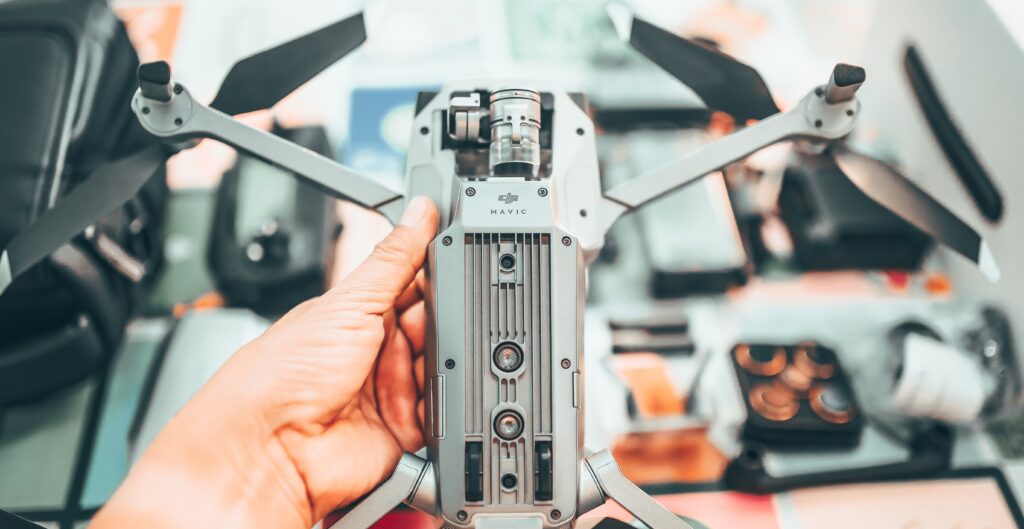
DJI makes significant investments in research and development (R&D), constantly enhancing its products and adding new features. Their dedication to innovation has allowed them to keep one step ahead of rivals and hold onto a dominant market position. The following characteristics help to define what makes DJI’s R&D unique:
- Investment in Innovation: R&D receives a lot of funding and attention from DJI. They have a committed group of engineers, researchers, and developers who are always looking for new ways to advance drone technology. Due to its dedication to innovation, DJI has been able to introduce ground-breaking features and products while being at the forefront of its sector.
- Expertise over a Wide Range: The R&D team at DJI is made up of professionals in a number of disciplines, including robotics, computer vision, artificial intelligence, and more. Interdisciplinary collaboration and the incorporation of cutting-edge technologies into their drones are made possible by the varied range of experience.
- Vertical Integration: From hardware design to software development, DJI is involved in every step of the drone development process. Close collaboration between various teams is made possible by this vertical integration, which also shortens the development cycle and guarantees smooth system and component integration.
- User Experience: DJI prioritizes user experience in their research and development projects. They work hard to create drones that are simple to use, intuitive, and open to a variety of consumers. This emphasis on simplicity and utility has been crucial in boosting consumer drone sales and drawing in new customers.
- Continuous Improvement: DJI has a history of offering iterative upgrades and product improvements. They regularly seek customer and industry expert feedback, which enables them to pinpoint areas for development and hone their offers. DJI can continuously improve their drones through iterative R&D cycles by paying attention to user feedback and remaining sensitive to market demands.
- Advanced technology integration: DJI aggressively incorporates cutting-edge technology into their drones. This covers a variety of technologies, including as computer vision, machine learning, obstacle avoidance systems, excellent cameras, and intelligent flight modes. These technologies enable DJI to offer users cutting-edge features, higher performance, and increased safety.
- Collaboration & Partnerships: In order to promote innovation, DJI works with research organizations, academic institutions, and business partners. Through these relationships, DJI is able to acquire new technologies, tap into outside knowledge, and investigate cutting-edge drone applications.
Technological Innovations
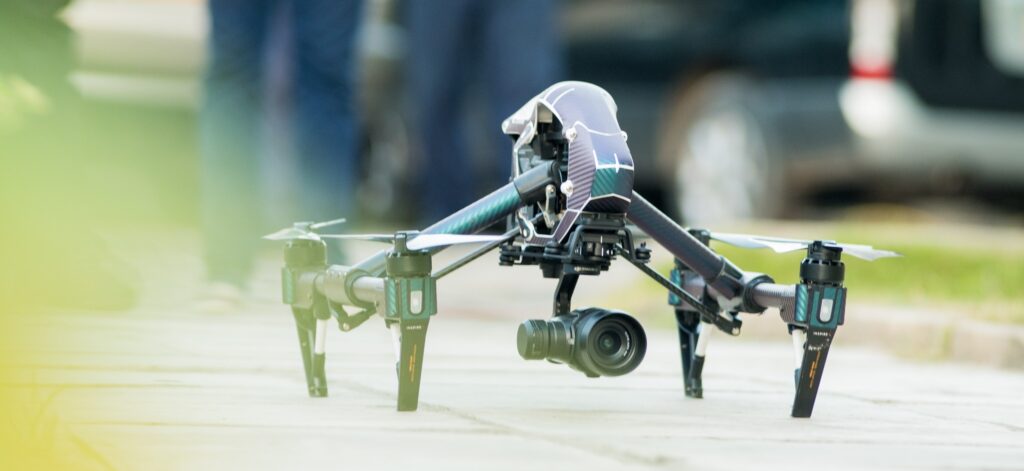
DJI unveiled a number of excellent and cutting-edge goods. They succeeded in establishing themselves as a pioneer in drone technology, establishing a high bar for functionality, usability, and dependability. The key technological advancements are listed below:
- One of the first businesses that include good cameras was DJI. They made aerial photography and videography more widely available and acknowledged its significance.
- The usage of three-axis gimbal stabilization systems was invented by them. With the aid of this technology, the camera can fly in difficult and windy conditions while remaining steady and level. Gimbal stabilization lowers vibrations and ensures steady and smooth video recordings, greatly enhancing the quality of airborne footage.
- Advanced, incredibly user-friendly flight control technologies were created by DJI. Their flight control algorithms provide performance that is stable, precise, and dependable.
- To improve flight safety, the business built obstacle avoidance sensors into their drones. For obstacle detection and avoidance, these sensors employ vision and infrared technologies.
- With the introduction of the Mavic series, they redefined drone portability. These drones have a folding design that makes it simple to carry and transport them in a bag or compact case. Foldable drones are more practical for travel and outdoor activities due to their small size.
- Intelligent flying modes that automate some aircraft operations and take artistic photos were unveiled by DJI. Drones may automatically track and follow subjects, fly along pre-planned routes, or circle around particular sites of interest thanks to features like ActiveTrack, Follow Me, Waypoints, and Point of Interest.
Build Quality and Reliability

Due to its superior construction quality, dependability, and dedication to flight safety, DJI has developed a solid reputation in the drone business. Their drones are made of strong, long-lasting materials, have sturdy frames, and are stabilized by clever controllers and obstacle avoidance algorithms. DJI’s strict quality control procedures, frequent firmware upgrades, and extended customer support all play a part in the company’s reputation as a trustworthy and dependable brand.
User-Friendly Experience

In order to provide a user-friendly drone experience, the business has concentrated on providing intuitive controls, quick setup features, and intelligent flight modes that make difficult maneuvers simple. For the benefit of users of all skill levels, they offer comfortable remote controllers, seamless mobile app integration, and a variety of instructional tools. The goal of DJI’s dedication to user-friendly design and features is to make operating their drones simple and enjoyable.
Camera Integration
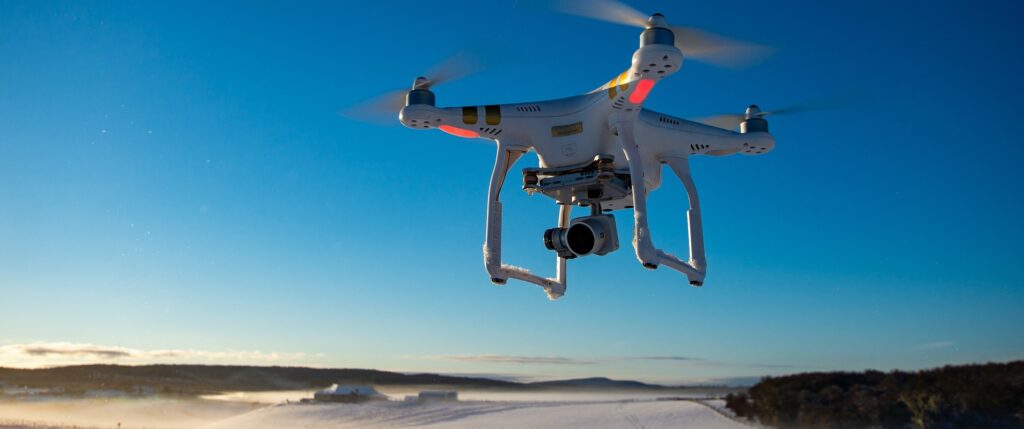
DJI is a leader in drone camera integration, offering high-end cameras and cutting-edge gimbal stabilization technology for fluid footage. Users can stream live video and have considerable control over camera settings. Creativity is enhanced by modern features like scene recognition, HDR imaging, and time-lapse photography. Additionally, DJI provides post-processing tools for high-quality editing. Their drones are well-liked by photographers, videographers, and content producers thanks to their camera integration, which guarantees excellent aerial photos and films.
Software Ecosystem
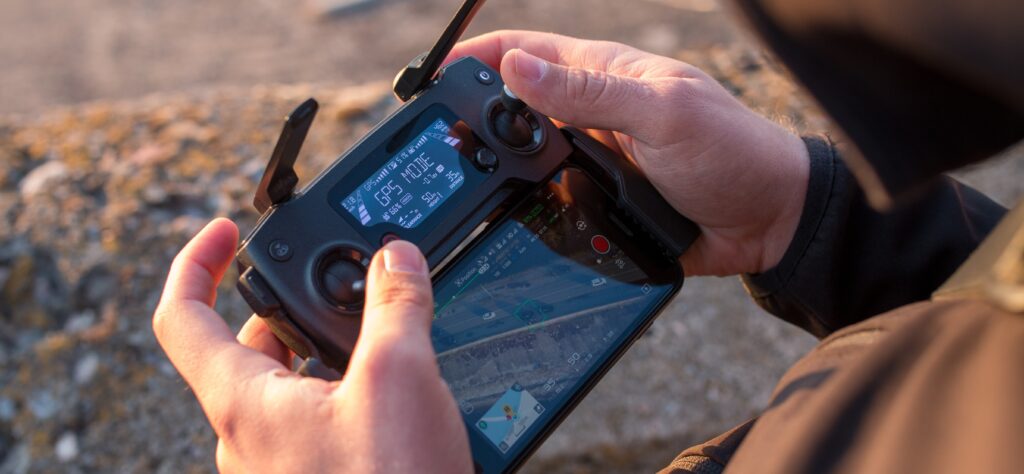
Along with their drone hardware, DJI has developed a robust software ecosystem to improve the user experience. Their smartphone applications, such as DJI Fly and DJI GO, provide user-friendly UI and straightforward controls. Flight control, navigational tools, intelligent flight modes, and routine firmware updates are all part of the software. Post-processing technologies can be used by users to edit and improve aerial content before sharing it on social media sites. In order to promote customization and the creation of third-party apps, DJI also offers developer tools and an SDK, thereby enhancing the functionality of its drones. DJI drones are adaptable instruments for capturing, editing, and sharing spectacular aerial imagery thanks to this software ecosystem, which gives users access to easy controls, cutting-edge functionality, and creative opportunities.
Product Lineup
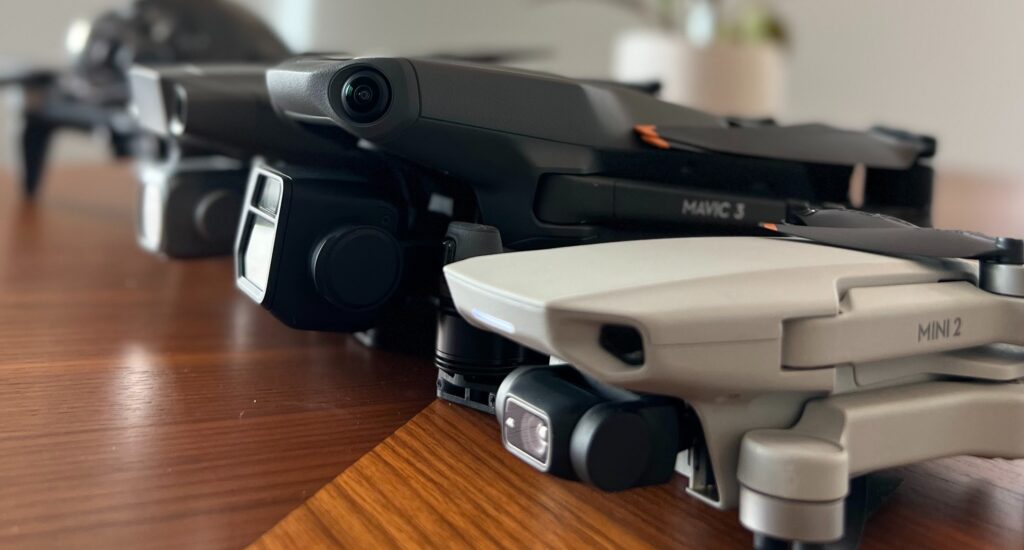
The company offers a wide range of products that are suitable for both novice and expert customers. They provide professional drones like the Phantom 4 Pro and Inspire 2, consumer drones like the Mini series and Mavic Air 2, and specialized enterprise-grade drones for various applications. DJI offers camera stabilizers, FPV drones, a variety of accessories, and software solutions in addition to drones. With their cutting-edge products, DJI has established itself as a leading brand in the drone business, serving the requirements of professionals, enthusiasts, and amateurs alike.
What DJI can do to improve as a company
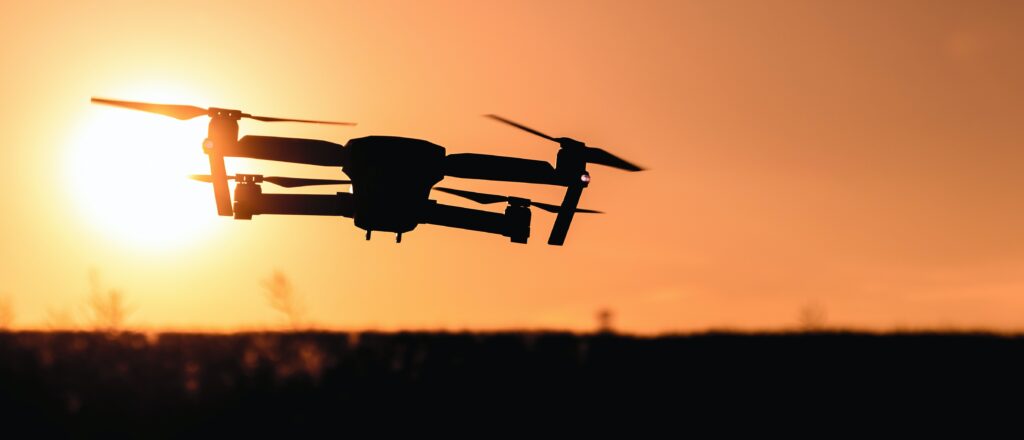
Customers have typically given DJI excellent comments, and the company has developed a solid reputation in the drone sector. Many customers value DJI’s dedication to innovation, high-quality construction, and dependable drone performance. Drone enthusiasts and pros alike have responded favorably to DJI’s focus on user-friendly interfaces, simple controls, and cutting-edge technologies.
However, as with any business, there can be some diversity in the views and experiences of customers. Customer ratings and opinion can be influenced by variables including personal expectations, particular drone models, and customer support contacts. Despite being widely recognized as a pioneer in the drone business, DJI still has room for development. Consumers and business analysts have pointed out the following features as possible areas for DJI to improve:
- Customer care: A number of users have voiced their dissatisfaction with DJI’s customer care, claiming problems with response times, communication, and problem-solving. Customer satisfaction can be strengthened through increasing response times, communicating clearly, and giving effective solutions for problems.
- Price: Although DJI drones are renowned for their high quality, they can be somewhat pricey when compared to certain other options on the market. DJI drones may become more available to a wider variety of customers if costs are lowered or more economical variants are introduced.
- Durability of the product: Although DJI’s construction quality is usually acclaimed, there have been sporadic instances of drones having hardware or structural problems. Customer confidence can be further increased by continually concentrating on enhancing product longevity and correcting any potential design or manufacturing defects.
- Privacy and security: Due to potential user data gathering and storage by the company’s drones and software, DJI has come under some scrutiny and privacy and security issues. These problems can be lessened by being open and honest about how data is handled, putting robust security measures in place, and resolving privacy issues.
- Innovation and Competition: As the drone business develops quickly, several manufacturers are challenging DJI for market share. For DJI to stay at the top of the industry, constant innovation in the form of new features, technologies, and performance enhancements will be essential.
Final thoughts
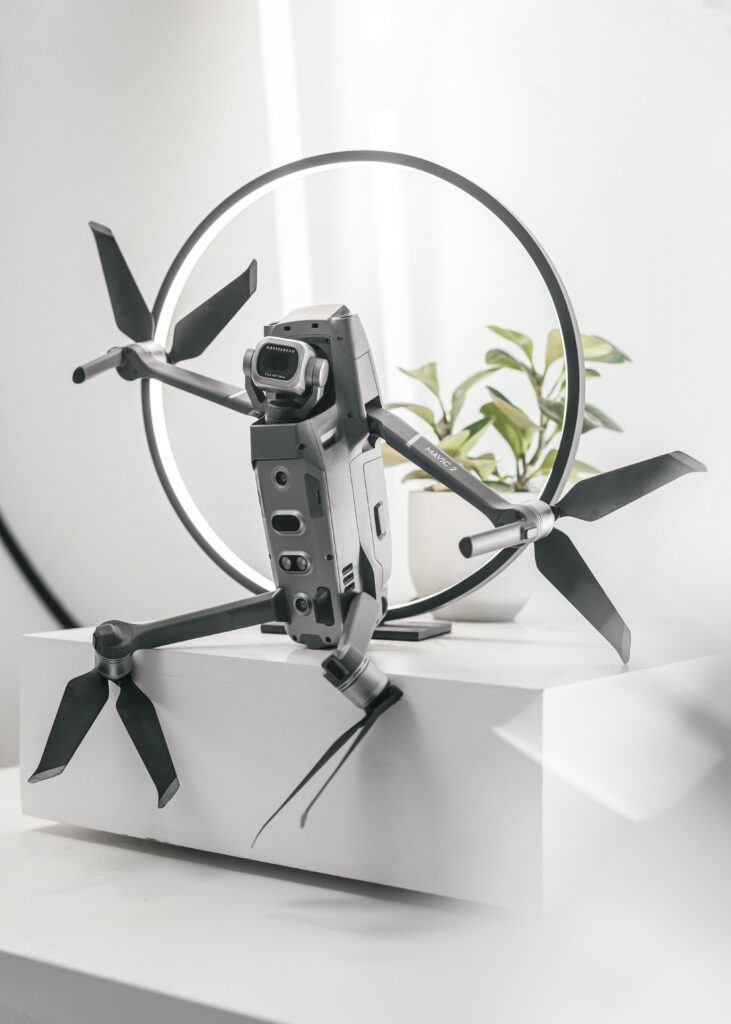
DJI is a one of a kind company that is single handedly the biggest player in the drone industry. While DJI’s market dominance has spurred concerns about lack of competition, it is important to recognize their achievements and the positive impact they have had on the drone industry as a whole. Their success has inspired technological advancements, pushed boundaries, and accelerated the adoption of drones across various sectors.
As the drone industry continues to evolve, it remains to be seen how the competitive landscape will shape up. However, for now, DJI’s monopoly position stands as a testament to their relentless pursuit of excellence, customer-centric approach, and unwavering commitment to pushing the boundaries of what drones can achieve.
I personally do believe that more competition in the drone industry would be more healthier in the future not only for consumers but even for DJI. There are a whole range of niche markets out there just ready to be conquered. Think of specialized integrated remote sensing drones for vegetation, swarm drones for rescue and surveillance or drones that are able to sample water quality. The Frank Wangs are rare, but I’m sure there are others out there waiting to make their mark on the industry.
I can also come up with endless applications where companies can specialize in making unique designs, software and flight control systems to cater to the requirements of consumers who need or want to use something that flies in the air from one place to another, but that is something for another blog post😊.
